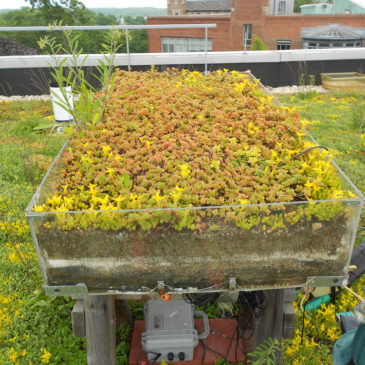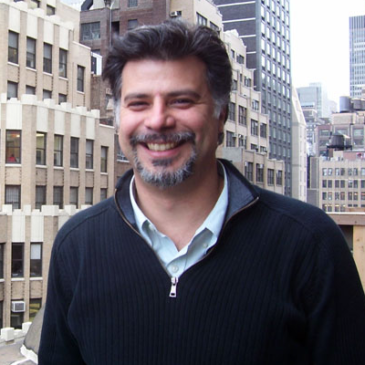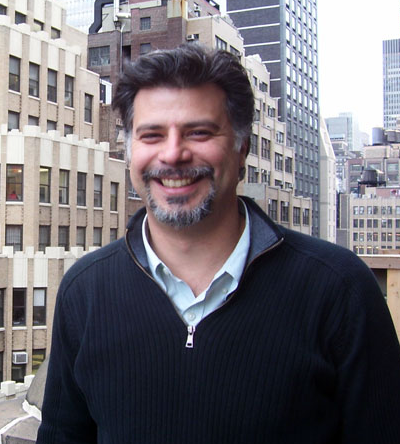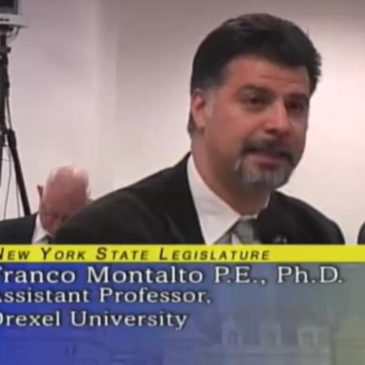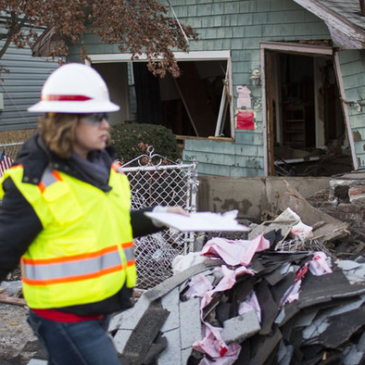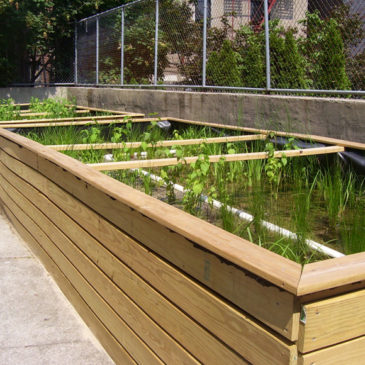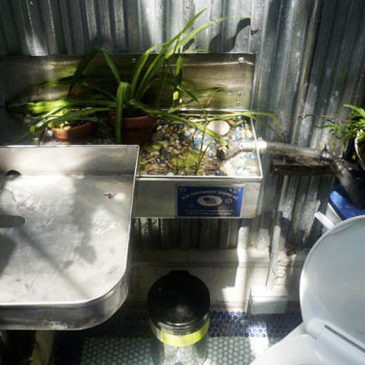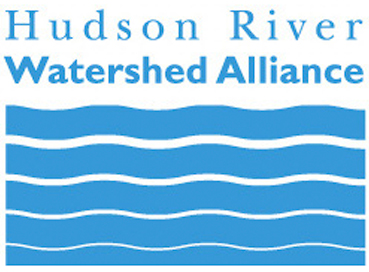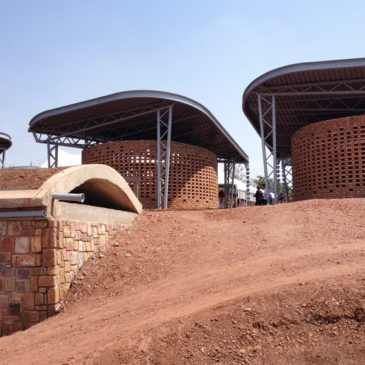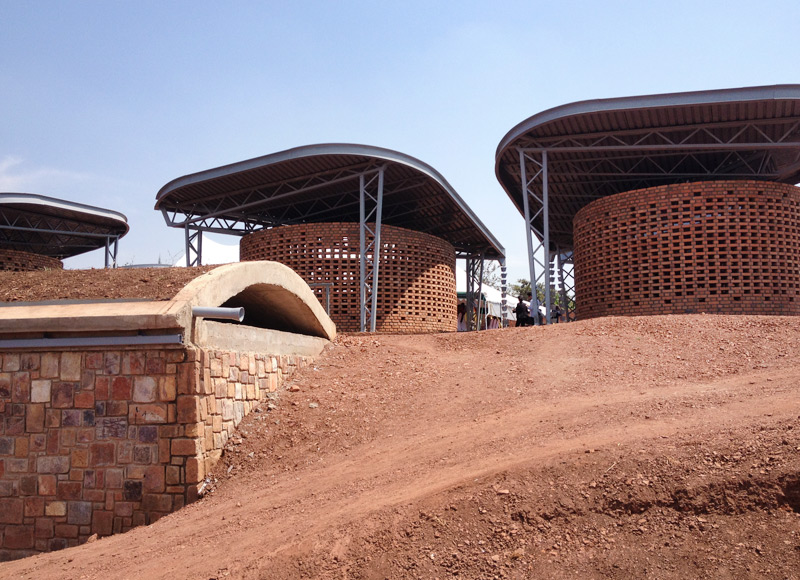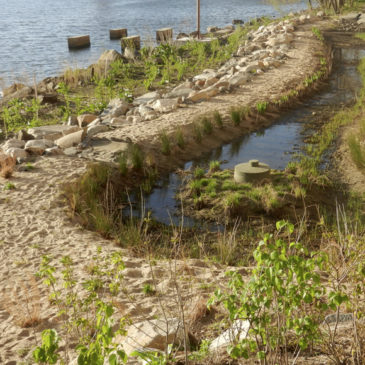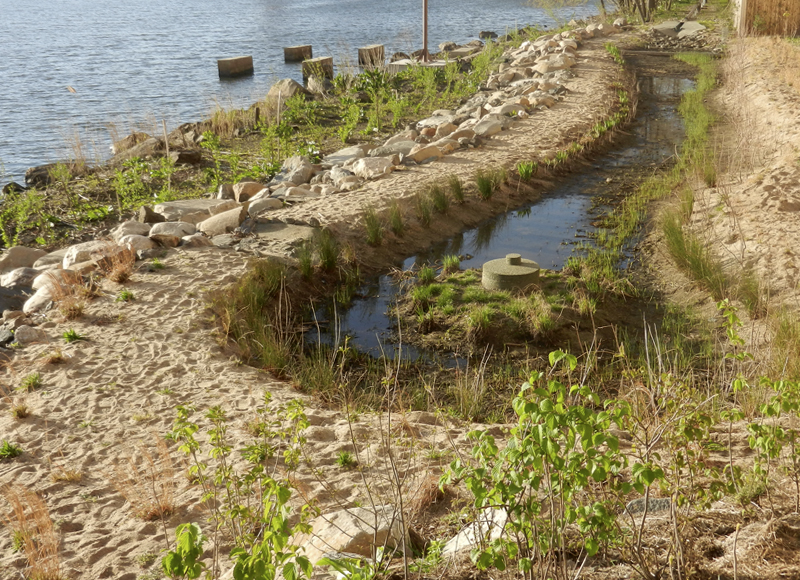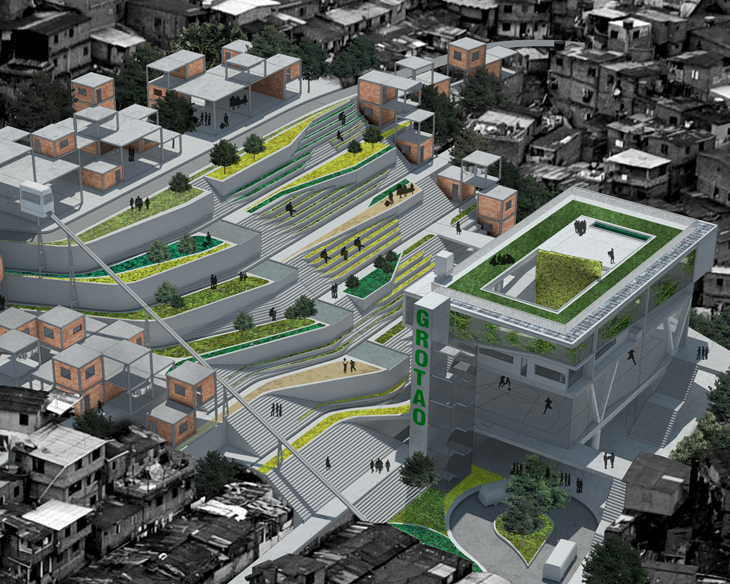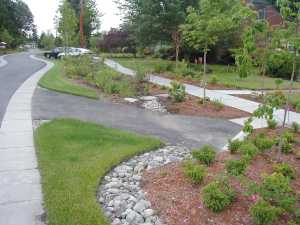QUANTIFYING GREEN ROOF BENEFITS
Dr. Franco Montalto and his team of researchers at Drexel University were recently featured in an article in The Environmental Monitor detailing their work in quantifying the many benefits of green roofs in urban environments. The article details their work in monitoring a green roof in the Bronx, New York, and how with their findings they have been able to develop specific urban crop equations for the estimation of evapotranspiration for engineering design.
Below is an excerpt from the article:
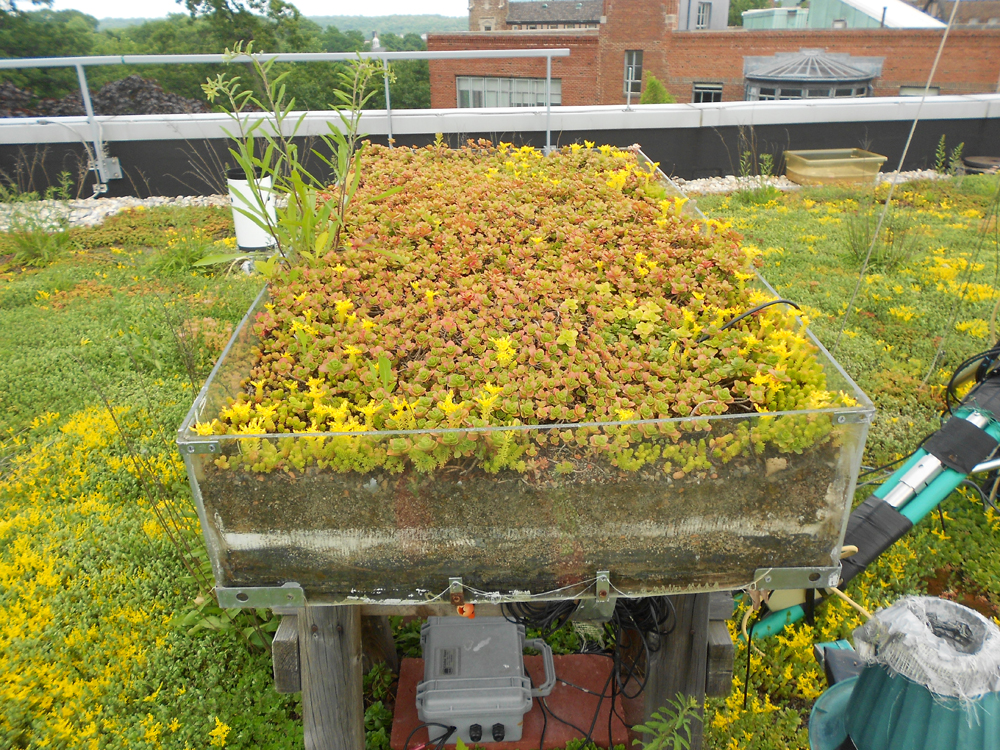
As it turns out, a key metric to charting urban green roof success is evapotranspiration, a combination of evaporation and plant transpiration. To learn more about ET and establish better procedures to estimate ET from green roofs, a group of researchers from Drexel University set up an experiment in Bronx, N.Y. Their work, published in the American Society of Civil Engineers’ journal, will make ET estimates for urban green spaces more accurate.
“There are different ways of estimating evapotranspiration. Many of the empirical methods are based on energy and water balance computations, and use crop coefficients to consider variability due to plant type,” said Franco Montalto, associate professor of civil, architectural and environmental engineering at Drexel University. “A big question is whether these equations are appropriate for green roofs and other urban green spaces.”

